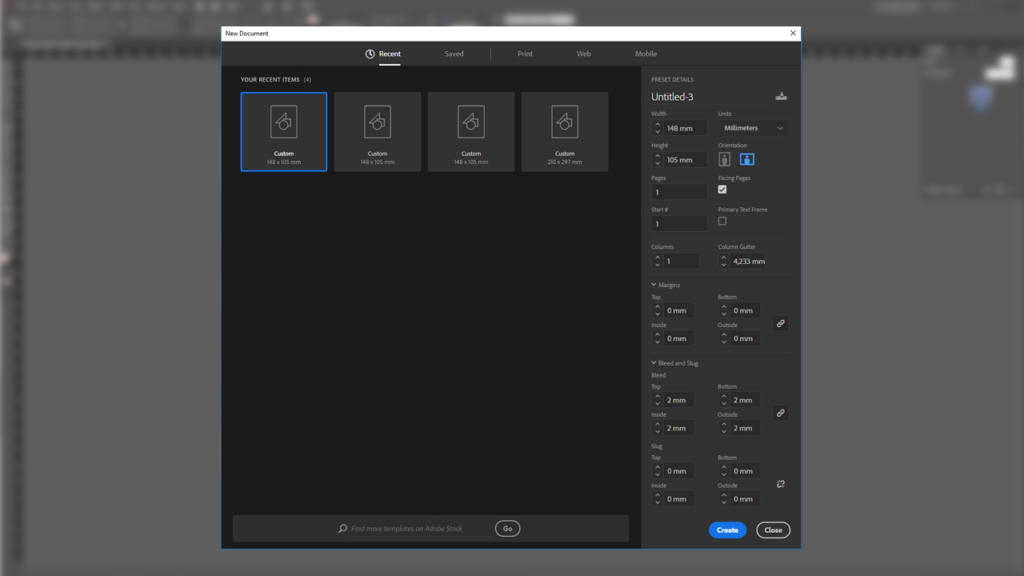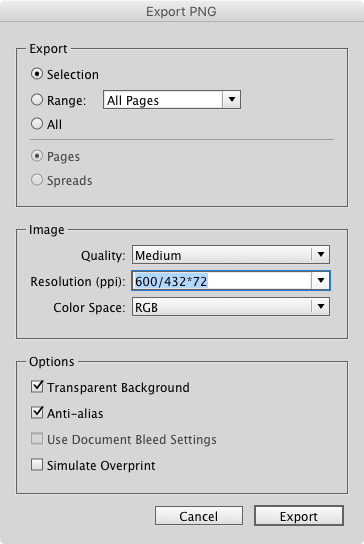

The keys/values are stored as a "comment". However, to help you, the tags (keys/values) are brought through into the file, so that you can see (for example) the name of the road. The file is wholly unstyled and unlabelled: the idea is that you make the cartographic styling decisions yourself. The resulting Illustrator file is version 6, which can still be opened in any modern version of Illustrator.
 (for large areas) an OpenStreetMap SQL database running on your own machine - typically, a MySQL database created from planet.osm by or similar.
(for large areas) an OpenStreetMap SQL database running on your own machine - typically, a MySQL database created from planet.osm by or similar.  Perl and the Geo::Coordinates::OSGB module, plus a few others you almost certainly have already. The script - or - an updated version of (February 2013) that supports osm files edited by JOSM. By editing the script, you can determine which tags go to which layers. Ways are grouped in Illustrator layers according to their tags. Given a bounding box, the script takes all the ways that pass through that area, and draws them (in a Mercator projection). You can then work on this in Illustrator to produce a finished map. The script takes OpenStreetMap data and produces an unstyled Adobe Illustrator version 6 file (.ai). Maperitive tutorial on exporting to Adobe Illustrator: Generating OSM Map For Adobe Illustrator In Seven Easy Steps A sample SVGZ map of the center of Dublin: ( NOTE: compressed SVGZ files cannot be opened by browser use Adobe Illustrator instead). It separates map features into SVG layers, takes care of not duplicating shapes and also renders text as normal letters (and not as graphic paths like Mapnik does). Maperitive can produce high quality (and small-size) SVG rendering specially designed for importing into Adobe Illustrator.
Perl and the Geo::Coordinates::OSGB module, plus a few others you almost certainly have already. The script - or - an updated version of (February 2013) that supports osm files edited by JOSM. By editing the script, you can determine which tags go to which layers. Ways are grouped in Illustrator layers according to their tags. Given a bounding box, the script takes all the ways that pass through that area, and draws them (in a Mercator projection). You can then work on this in Illustrator to produce a finished map. The script takes OpenStreetMap data and produces an unstyled Adobe Illustrator version 6 file (.ai). Maperitive tutorial on exporting to Adobe Illustrator: Generating OSM Map For Adobe Illustrator In Seven Easy Steps A sample SVGZ map of the center of Dublin: ( NOTE: compressed SVGZ files cannot be opened by browser use Adobe Illustrator instead). It separates map features into SVG layers, takes care of not duplicating shapes and also renders text as normal letters (and not as graphic paths like Mapnik does). Maperitive can produce high quality (and small-size) SVG rendering specially designed for importing into Adobe Illustrator. 
Screenshot of Adobe Illustrator showing a Maperitive-generated SVG map.








 0 kommentar(er)
0 kommentar(er)
